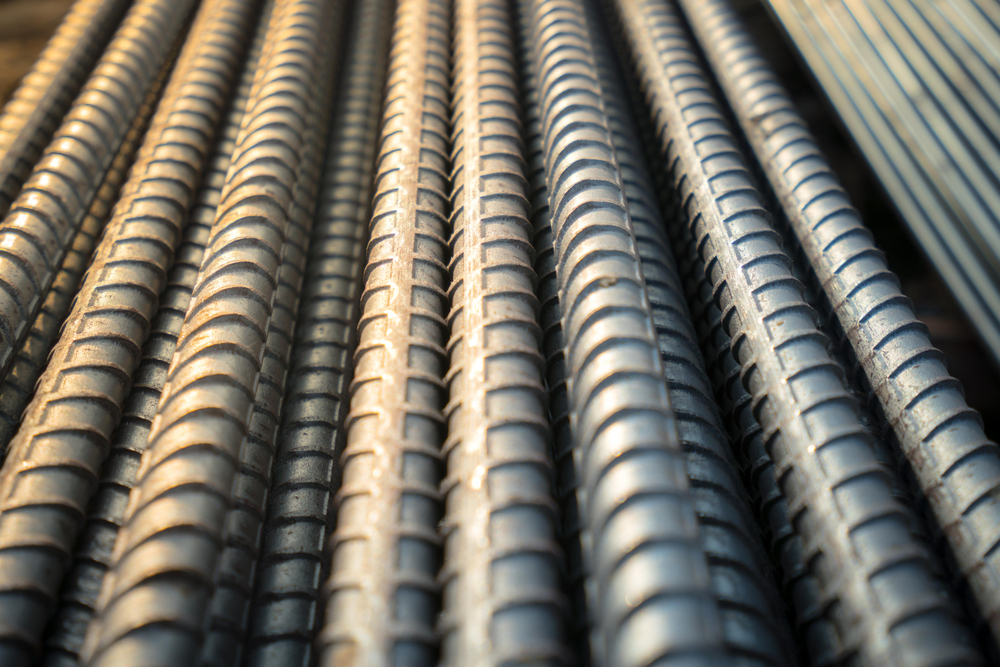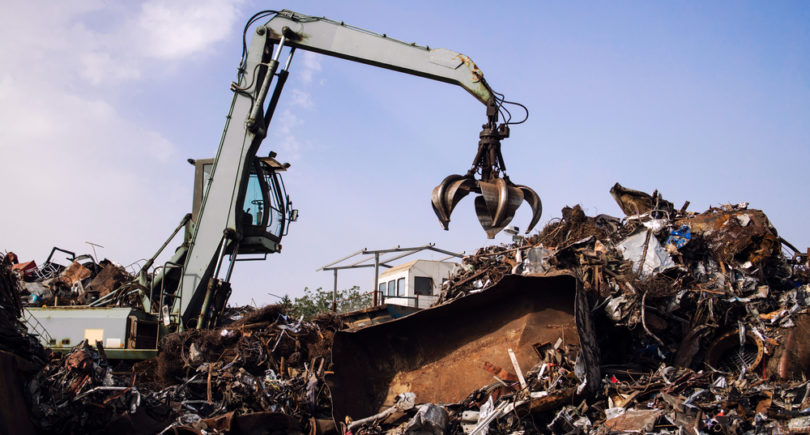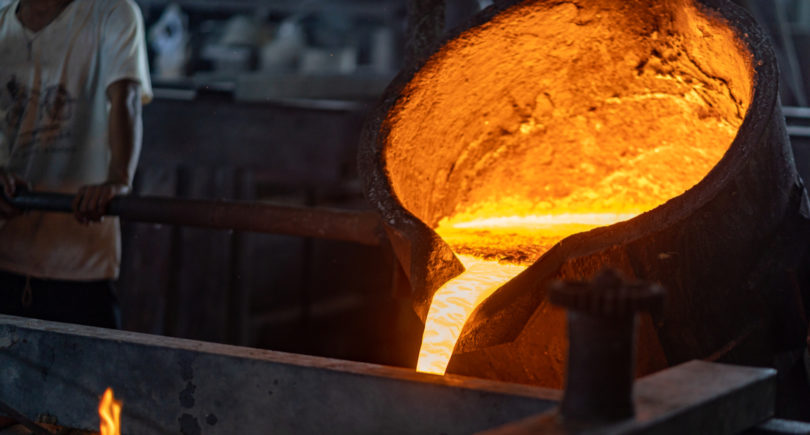
News Global Market graded rolled steel 1496 25 March 2024
This will be facilitated by improved economic data and public investment
Improved economic data and government investment may boost demand for long products in Poland in the near term, according to CMC Poland (a division of the US Commercial Metals Company). This was reported by Kallanish.
Reduced production at regional plants helped the company’s Polish division to increase selling prices and improve profitability in the second quarter of fiscal year 2023/2024 (December 2023 – February 2024) compared to the previous two quarters, but the results deteriorated significantly year-on-year.
In the period under review, steel shipments at CMC’s Polish unit fell by 37% year-on-year – to 275 thousand short tons. Sales of commercial bars and other products decreased by 17% y/y – to 211 thousand short tons, and rebar sales by 65% y/y – to 64 thousand short tons.
«Conditions in Europe are expected to remain challenging, but adjusted EBIDTA is expected to approach breakeven during the third quarter,» said CMC President Peter Matt.
According to him, the business environment for the European steel division is gradually improving and should continue to grow thanks to increased residential construction activity as the government’s program aimed at first-time homebuyers and other investment initiatives funded by the Polish authorities begin to affect steel demand.
In February, CMC Poland’s average selling price decreased by 11% year-on-year to $673 per short tonne, while the cost of scrap used increased by 1% – to $394 per short tonne, resulting in a margin of $279 per short tonne, down 24% y/y.
According to CMC, European market conditions improved in December and February, but consumption of long products remained below historical levels. Regional producers of these products have taken significant steps to rationalize supplies, while inventories throughout the supply chain have declined.
As GMK Center reported earlier, global rebar prices have fallen significantly in major global markets since early March. The downward trend has been observed since the beginning of the year, but it was in March that prices in some regions hit monthly highs. The main reasons include falling raw material prices, weak demand for finished products and limited construction activity.



